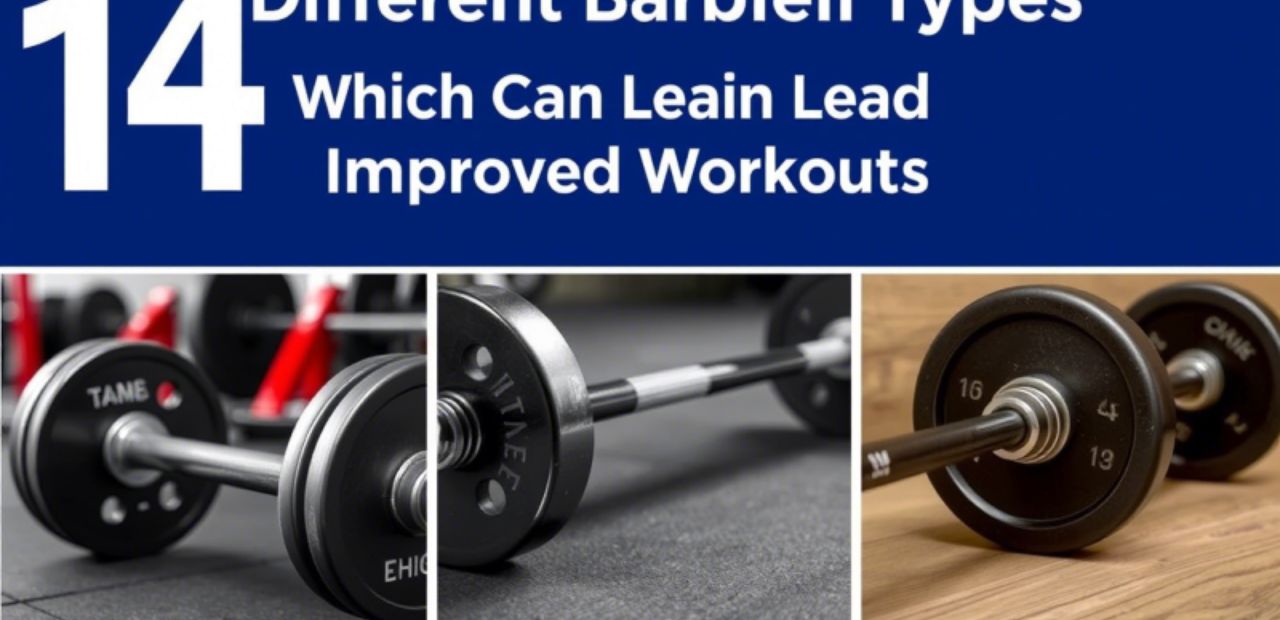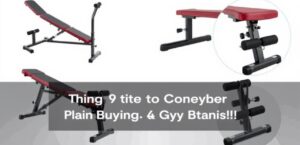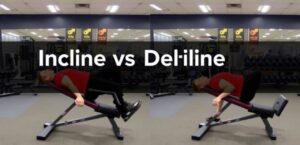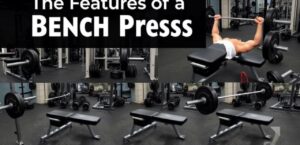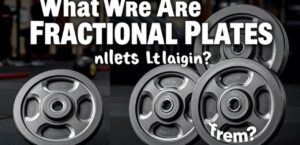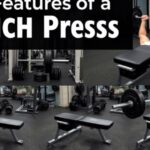Barbells are a staple in the fitness world, used by athletes, bodybuilders, and gym enthusiasts to build strength, improve muscle mass, and enhance performance. But not all barbells are created equal. Different types of barbells can target specific workout needs, enhance performance, and bring variety to your training routine. In this article, we will explore 14 different barbell types and how they can help lead to improved workouts.
Why Different Types of Barbells Matter
Choosing the right barbell can make a big difference in your workout results. Each type of barbell is designed for different lifting styles and specific exercises. Understanding the distinctions can help you optimize your training, avoid injury, and achieve better results.
Standard Barbell
The standard barbell is the most basic and widely used type. With a typical length of 5-6 feet and a diameter of around 1 inch, it’s ideal for beginner weightlifters and general strength training.
- Benefits: Perfect for performing basic exercises like squats, deadlifts, and bench presses.
- Ideal For: Beginners or those looking for an all-purpose barbell.
Olympic Barbell
This is the go-to barbell for competitive lifters and Olympic athletes. It has a 2-inch diameter and is designed to hold large amounts of weight, with sleeves that rotate to reduce the risk of injury during lifts.
- Benefits: Ideal for Olympic lifts like clean and jerks or snatches.
- Ideal For: Advanced lifters and Olympic weightlifting.
Powerlifting Barbell
Powerlifting barbells are specifically designed for powerlifters, with a stiffer shaft and less whip than an Olympic barbell. These barbells are built to handle heavy loads during squat, deadlift, and bench press.
- Benefits: Provides more stability, ideal for lifting heavy weights.
- Ideal For: Powerlifters and those focused on strength training.
EZ Curl Barbell
The EZ curl barbell has a zig-zag design that allows for a more natural grip, reducing strain on the wrists and elbows during curls and tricep extensions.
- Benefits: Provides a more comfortable grip, reducing joint stress.
- Ideal For: Arm training, bicep curls, and tricep extensions.
Trap Bar (Hex Bar)
The trap bar features a hexagonal shape, allowing the lifter to step inside the bar during deadlifts and other exercises. This helps to engage more muscles and reduce strain on the lower back.
- Benefits: More comfortable than a traditional barbell for deadlifts, reduces lower back stress.
- Ideal For: Deadlifts and exercises targeting the posterior chain.
Safety Squat Bar
The safety squat bar has a unique design with padding and handles, allowing for a more upright posture during squats. It places less strain on the shoulders, making it a great option for those with mobility issues.
- Benefits: Reduces shoulder and wrist strain, allows for a more upright squat.
- Ideal For: Squatting with a focus on shoulder comfort.
Swiss Bar (Multi-Grip Bar)
The Swiss bar is designed with multiple grip options, which can help reduce shoulder strain during pressing exercises like bench press or overhead press.
- Benefits: Provides different grip options to target muscles in different ways.
- Ideal For: Bench press and overhead press exercises with reduced shoulder strain.
Deadlift Barbell
The deadlift barbell has a longer and more flexible shaft, allowing for more “whip,” which helps lifters lift heavier weights. It also has a thinner diameter for better grip.
- Benefits: Allows for heavier deadlifts, improves grip strength.
- Ideal For: Deadlift enthusiasts and those focused on heavy lifting.
Axle Barbell
Axle barbells are thicker than traditional barbells, often measuring 2 inches or more in diameter. The increased grip challenge helps improve forearm and grip strength.
- Benefits: Challenges grip strength and forearm development.
- Ideal For: Strongman training and grip strength exercises.
Bent Barbell
A bent barbell has a slight curve that is designed to provide more stability during exercises like bench presses and deadlifts. This barbell helps reduce pressure on the wrists and elbows.
- Benefits: Reduces strain on joints during pressing exercises.
- Ideal For: Lifters with joint pain or those who need added wrist/shoulder support.
Compete Barbell
This is a specialized barbell used in Olympic lifting competitions. It features a high level of precision with a durable build that handles the intensity of Olympic lifts.
- Benefits: Highly durable, specifically made for competitive lifts.
- Ideal For: Competitive Olympic weightlifters and professionals.
Cambered Barbell
The cambered barbell has a slight bend in the middle, allowing the bar to dip lower, increasing the range of motion for certain exercises, like squats or presses. This bar helps engage different muscles.
- Benefits: Increases range of motion, targets muscles in a new way.
- Ideal For: Advanced athletes looking to add variety to their workouts.
Wooden Olympic Barbell
Made of high-quality wood, the wooden Olympic barbell is a popular choice for training in functional fitness and cross-training environments. These are great for practicing movements like cleans and snatches.
- Benefits: Lighter and easier to handle for functional movements.
- Ideal For: Functional training and Olympic lifts in a cross-training setting.
Fixable Barbell
Fixable barbells are highly adjustable and versatile. The weight can be changed with ease, making it ideal for home gyms or beginners looking to vary their training routine without multiple barbells.
- Benefits: Adjustable weight, highly versatile.
- Ideal For: Home gym setups and beginners.
How Choosing the Right Barbell Can Improve Your Workout
Each type of barbell has its unique benefits, but selecting the right one for your training can significantly impact your performance. Whether you’re looking to build strength, improve muscle mass, or enhance your overall fitness, using the appropriate barbell for each exercise ensures you target muscles effectively and reduce the risk of injury.
Consider Your Fitness Goals
- Strength Training: If your focus is on heavy lifting and power, choose a powerlifting or Olympic barbell.
- Muscle Development: For general muscle building, a standard or EZ curl bar is a great choice.
- Specialized Lifts: If you’re targeting a specific lift, consider barbells like the trap bar, Swiss bar, or deadlift bar to optimize your form and performance.
Tailor Your Routine
Mixing different types of barbells into your training routine can help break plateaus, target muscles in different ways, and keep workouts fresh. Incorporating a variety of barbells ensures you engage different muscle groups and continue progressing in your fitness journey.
Conclusion
Understanding the different types of barbells available and how each can contribute to your workout is crucial for improving strength, performance, and overall fitness. Whether you’re a beginner or an experienced lifter, having the right barbell for each exercise can help you optimize your training and avoid injury. From standard barbells to specialty options like the Swiss bar or trap bar, choose the one that suits your fitness goals, and see your workouts reach new heights!

Emily Rose Johnson is a passionate writer with a knack for crafting engaging content. She specializes in communication strategies, digital marketing, and creative storytelling.
